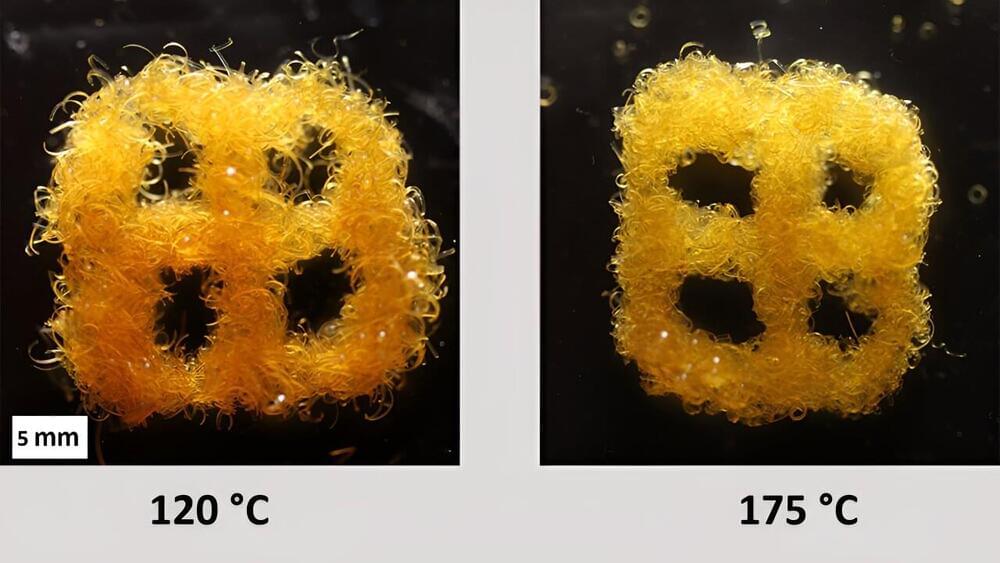The survival strategies employed by one of the most aggressive, territorial and venomous ant species may pave the way to revolutionize robotics, medicine and engineering.
Fire ants survive floods by temporarily interlinking their legs to create a raft-like structure, allowing them to float collectively to safety as a unified colony and then releasing to resume their individual forms.
Drawing inspiration from this natural process, researchers at Texas A&M University discovered a method that allows synthetic materials to mimic the ants’ autonomous assembly, reconfiguration and disassembly in response to environmental changes such as heat, light or solvents.










Comments are closed.